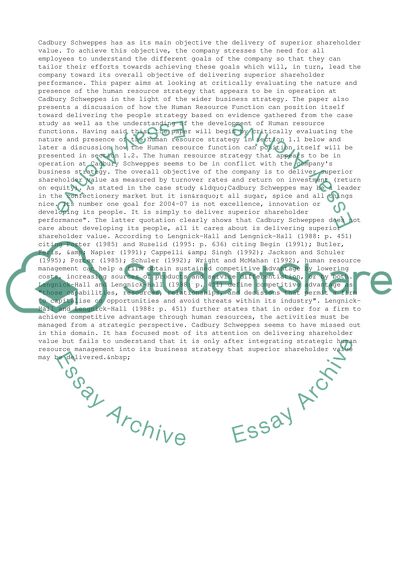Cite this document
(“The Human Resource Function Case Study Example | Topics and Well Written Essays - 2500 words”, n.d.)
Retrieved from https://studentshare.org/business/1506848-the-human-resource-function
Retrieved from https://studentshare.org/business/1506848-the-human-resource-function
(The Human Resource Function Case Study Example | Topics and Well Written Essays - 2500 Words)
https://studentshare.org/business/1506848-the-human-resource-function.
https://studentshare.org/business/1506848-the-human-resource-function.
“The Human Resource Function Case Study Example | Topics and Well Written Essays - 2500 Words”, n.d. https://studentshare.org/business/1506848-the-human-resource-function.


